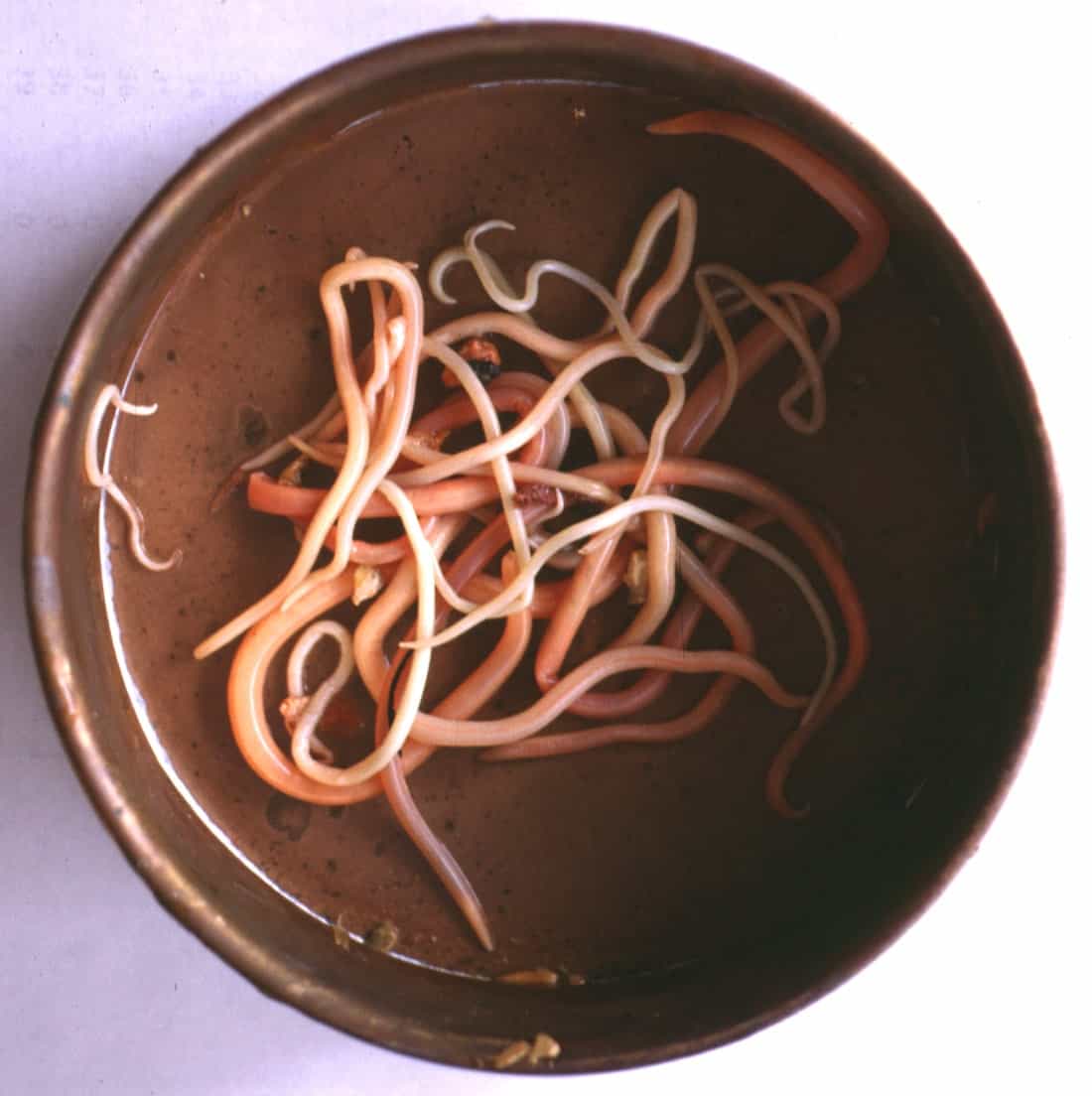Last November KaarbonTech won the 2014 Association of Geographic Information (AGI) award for Best Use of Geospatial for Business Benefit with their Gulley SMART highways asset management software package. Their managing director, Mark Entwistle, explains how proactive drain cleaning can improve highways departments’ performance while saving time and money.
Managing drainage and water flow into roadside gullies may seem one of the more traditional and perhaps low tech roles carried out by local government. In fact, the reverse is true: twenty-first century highways asset management is high tech, digital and mobile.
The award recognised the results achieved by a project KaarbonTech undertook with Walsall Council and their contractors, Lafarge Tarmac. The objective was to deliver a project that would combine innovative of use geographical data with digital information management to: Reduce localised flooding; Improve maintenance of the gully network; Achieve financial savings given the challenging context of reduced local authority budgets.
Walsall Council and their contractor Lafarge Tarmac are responsible for a network of 33,000 gullies. Analysis by the council in 2013 found that reactive gully cleaning costs more than ten times the amount of a planned clean. Evidence showed that whilst costs had remained broadly the same over recent years the gully network in Walsall had actually been cleaned less.
A change in focus from the costly and reactive approach of emergency gully cleaning to a more targeted and intelligence led proactive regime was needed. The delivery of a proactive programme was dependent upon the ability to collect and use data more effectively.
Intelligent Use of Data
The ‘Gully SMART’ software uses Ordnance Survey geographical data sets to map and monitor drainage networks and other local authority assets and can be used on handheld Android and iOS devices.
Dorset based company KaarbonTech designed the software specifically to enable highways staff to combine the use of geographic location data with environmental data sets such as flood zones. This approach has enabled local authority highways teams to put in place proactive management strategies based on clear data.
The AGI award judges recognised the results achieved by a joint project with Walsall Council and their contractors Lafarge Tarmac. The three objectives of the project were to reduce localised flooding, improve maintenance of the gully network and achieve financial savings for Walsall Council.
Mapping Innovation
The council has a workforce deployed across its network both managing and responding to issues. ‘Gully SMART’ was specifically designed with this kind of workforce profile in mind and was always intended to be used on handheld Android and iOS devices as well as on the desktop.
Users are able to access, update and harvest data and create targeted work programmes that respond to the identified priorities. This marks a move away from reactive asset management.
Customer Focus
“We were mindful of these risks and invested time in the preparation phase, putting in place a number of measures to successfully manage the challenges,” said managing director Mark Entwistle.
The implementation of new technology is not necessarily a smooth process and unless well managed there is real potential for impact on productivity during the transition. In this instance, there was also the need to populate the new system with accurate location and condition data. ‘Gully SMART’ runs on handhelds so that the majority of users were familiar with the operating systems. Both technicians in the field and office users required only a two hour training session prior to using the system.
The new software uses terminology familiar to staff, which aided the transition and delivered consistent recording of condition and location data. This consistency aided management when setting effective performance targets.
Understanding that the data collection would be very repetitive, the software was streamlined to avoid needlessly answering the same questions over and over. By minimising button pressing and harnessing the smart devices to offer predicted answers, it emerged that the data being entered was giving accurate condition and silt level measurement. Technicians were more likely to answer accurately if there was less repetition for them.
The pre-rollout preparation paid off with improved performance and productivity from the technicians actually increasing as teams were able to plan their days more effectively.
‘Gully SMART’ was introduced in 2013 and within the first nine months of using the new system, 66% of gullies across Walsall had been cleaned.
Written by:
Mark Entwistle




Leave A Comment